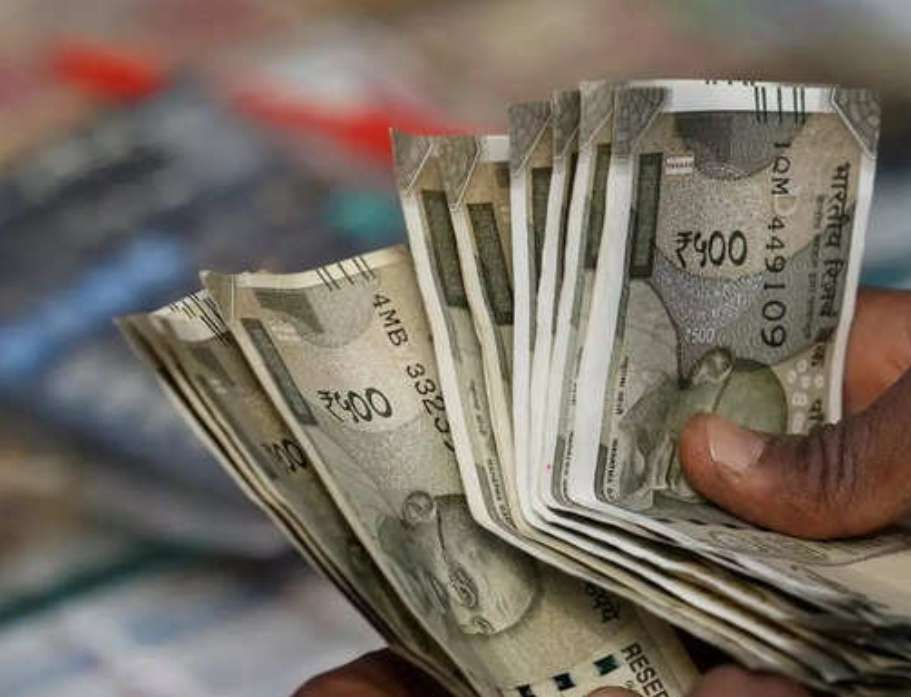That one thing, the mandarins reckoned, may solely be a government-backed funding choice that allowed traders to earn some money whereas speculating on the value of their best-loved commodity — with out truly having to purchase it.
In 2015, India’s finance ministry launched the Sovereign Gold Bond (SGB) program, aiming to curb the nation’s substantial gold imports by providing a monetary product that mirrored gold’s returns with out the necessity for bodily possession. The technique was to supply traders with returns linked to gold costs, supplemented by periodic curiosity funds, thereby decreasing the demand for bodily gold.
Nonetheless, this initiative has led to unexpected monetary challenges for the federal government. The SGBs successfully positioned the federal government in a ‘bare quick’ stance on gold, which means it was obligated to pay traders primarily based on gold’s market worth at maturity with out holding equal gold reserves. As world gold costs have surged, this legal responsibility has escalated, leading to a present obligation of roughly $13 billion.
This example underscores the complexities of economic devices tied to risky commodities like gold. Whereas the SGB program supposed to scale back bodily gold consumption, the federal government’s publicity to rising gold costs has led to substantial fiscal liabilities. This growth highlights the intricate stability policymakers should preserve when designing monetary merchandise linked to commodities with unpredictable value actions.
The escalating legal responsibility from the SGB program poses important fiscal challenges for India, necessitating cautious consideration of methods to mitigate potential monetary strains. This state of affairs serves as a cautionary story in regards to the dangers related to monetary devices that create publicity to risky asset courses with out corresponding hedging mechanisms.







